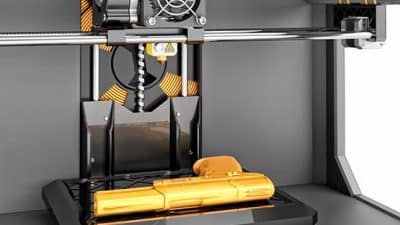
Summer is approaching, and if you procrastinate like many others, you probably have a couple things to do before your car is ready for the track. We’ll cover 5 things your car might need to make sure you spend more time on the track rather than in the paddock.
1. Tires
Tires are an integral part to your performance on the track, so pay attention. First, make sure your car has the right tires installed. If you live in areas with cold winters and have winter tires, be sure to swap them for a set of warm weather or all-season tires. Although not necessary, performance summer tires will provide improved grip and stopping power when compared to winter and all-season tires. If you already have tires you’re content with, be sure to check for cracking, tears, bulges or any other defect that may compromise your tire under heavy use on the track.
Once you have a set of tires on your vehicle that you are not only happy with but are able to up the level of performance make sure you are keeping them safe. An estimated $1M in wheels and tires are stolen every year, so be sure your wheels and tires are safe and secure by installing a set of locking lug nuts on your vehicle. Locking lug nuts are available in multiple different colors so you can be sure you can find a set that either matches your current wheels or helps you stand out a bit more.
2. Cooling system check
The last thing you want to see in the middle of your session out on track is the coolant temperature gauge creeping towards the “H” symbol. Overheating during performance driving is not only a bummer, but can lead to engine damage. Specifically, extreme engine heat can lead to a cracked head gasket, warped engine head, or much worse. To prevent this from happening, be sure to check your cooling system components such as your radiator, radiator hoses, thermostat, water pump and cooling fans. If your radiator or radiator hoses are cracked and/or leak, make sure to replace them, or look into upgrading to a performance radiator, which helps increase cooling capacity and drops engine temperatures. If you haven’t flushed your coolant in a while, before a track day would be a great time to get some new coolant in there.
3. Brake check
As helpful as power and grip is on the track, stopping power is also key to improving lap times. Be sure to check the life of your brake pads before you head on the track. Inspect your brake rotors for grooves, cracks or rust. If your brake pedal is feeling a bit “spongey”, you may want to flush your brake fluid and replace it with higher performance brake fluid with higher boiling points to ensure your brakes don’t fade while laying down hot-laps..
4. Under the hood
The engine is the heart of your car, and it’s vital to give it a thorough check before your track day. First, if you have any doubt the oil in your car is old, do your engine a favor by grabbing a fresh supply of oil and a magnetic drain bolt. The neodymium magnet will catch any metal shavings or debris from entering your engine preventing any bigger issues down the line. Religious oil changes will make your engine happy for many track days to come. If you want to extend the life of your oil we also recommend an oil cooler kit which helps keep the temperature of your engine down. Check for any other fluid leaks, as you want to make sure your car is leak-free to not only pass tech inspection but also to keep others safe from slippery liquids while out on the track.
5. Wheel inspection and alignment
Inspect your wheels and hubs to ensure that the lug nuts[link]/bolts are correctly torqued down to your vehicle’s specifications – you do not want to lose a wheel while on the track! Safely jack up the vehicle and wiggle your wheels in all directions to check for any play in the wheel bearings and suspension components. Additionally, if your car pulls to a direction that isn’t straight, bring it to an alignment rack and have them dial in the alignment for reduced tire wear. Though not necessary, some shops will even align your vehicle to preferred specifications for increased handling in the corners.
Story by Eric Zuo










